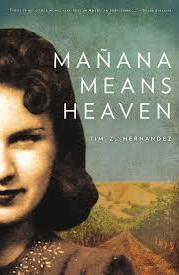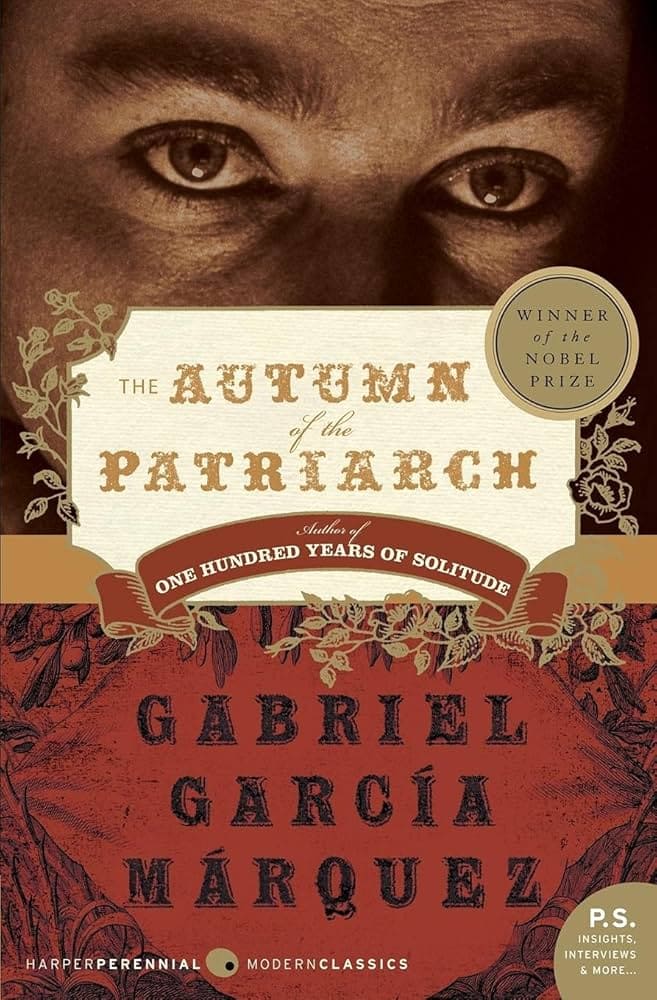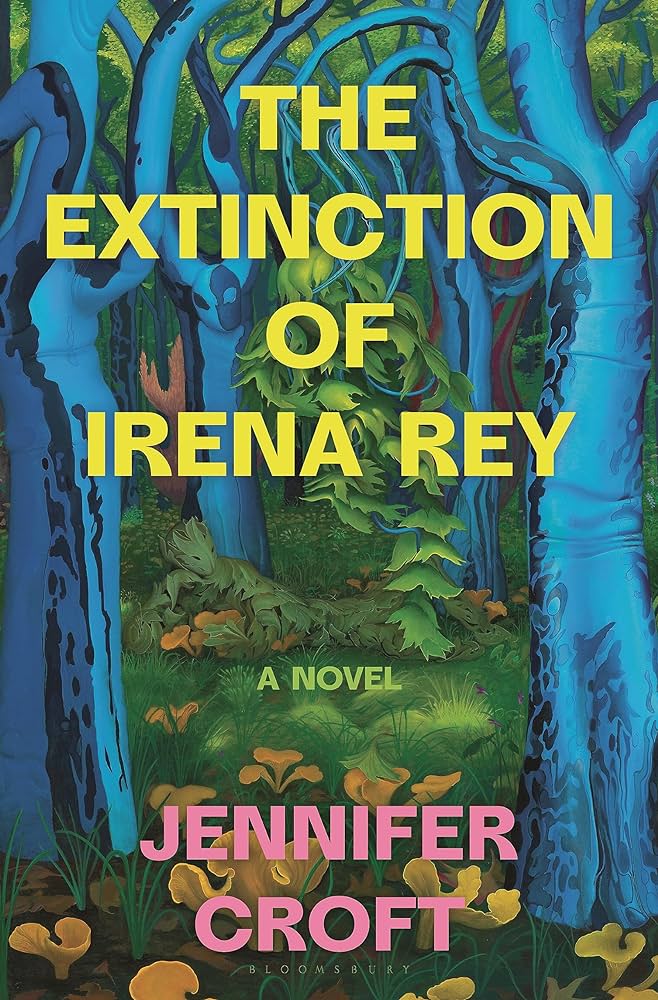Book by TIM Z. HERNANDEZ
Reviewed by

In October, 1947, Jack Kerouac met a pretty, young Mexican woman named Bea Franco on a bus going from Bakersfield to Los Angeles. She was fleeing an abusive husband; he was gathering notes for what would become On The Road, the defining book of the Beat Generation. For fifteen days, they stuck together, from the streets of East Los Angeles to the cotton and grape fields of California’s Central Valley. In his story, Kerouac devoted twenty-one pages to the affair.
Years later, still unable to find a publisher, Kerouac pitched his chapter about his adventures with Bea as a short story entitled “The Mexican Girl.” It appeared in the Winter, 1955 issue of The Paris Review. Soon after, On the Road was published, and Kerouac achieved overnight fame.
Given Bea Franco’s contribution to Kerouac’s success, one would assume that a Kerouac scholar or two had tracked her down long ago, interviewed her, and made her famous. But no. For fifty-five years, Bea remained the most mysterious character inOn The Road, the one who didn’t claim her fifteen minutes, who didn’t bask in Kerouac’s reflected fame. It took a fellow Mexican, award-winning poet Tim Z. Hernandez, to find her—in 2010, a mere mile from where he grew up in California—and write her story.
In his second novel, Mañana Means Heaven, Hernandez reconstructs the affair from Bea’s point of view. Hernandez did copious research for the book, including interviewing Bea. His choice to write her story as fiction is gutsy, inspired, and does honor to Kerouac, who fictionalized the real-life characters he met in On The Road. The result is an earthy and soulful tale, a version of their improbable love affair that feels as true as Kerouac’s.
Mañana Means Heaven also makes a worthy contribution to the genre of parallel novels, which derive their stories and characters from other books. Excellent parallel novels include Geraldine Brooks’ March, which tells the story of the absent father inLittle Women and Jean Rhys’s Wide Sargasso Sea, the story of Mr. Rochester’s absent crazy wife in Jane Eyre. Kerouac fans who have always wondered about “Terry,” the Mexican girl who captivated Kerouac’s alter-ego Sal Paradise, not to mention those who crave another substance-fueled Kerouac road trip—will delight in the new territory Hernandez plumbs in Mañana Means Heaven.
Kerouac left big gaps in his story about Bea, which Hernandez fills in. We get background on Bea’s unhappy marriage, life at the bottom rung of society, and a vivid depiction of California’s agricultural heartland and the migrant farmworkers who keep it humming. The story also takes us to star-struck, post-war Los Angeles, as it was being quietly and forever reshaped by Mexican culture. Lastly, Hernandez explores a sexual chemistry so overwhelming that it drove a young Chicana to break all the norms of her culture, leave her children (temporarily), and cheat on her husband.
The young lovers first glimpse each other at a rest stop in Bakersfield. In On the Road, Kerouac writes: “All of a sudden I saw the cutest little Mexican girl in slacks come cutting across my sight… A pain stabbed my heart, as it did every time I saw a girl I loved who was going in the opposite direction in this too-big world.” In Mañana Means Heaven, Bea notices a handsome white guy smoking a cigarette and scribbling in a notebook. Hernandez writes: “She contemplated going over and asking for a smoke, but judging by the way both eyes aimed downward and nowhere else, she figured he was best left undisturbed. But then the man looked up and they made eye contact. She turned away quickly.”
Moments later, they’re sitting opposite each other on the bus to Los Angeles. In On The Road, Sal Paradise is chatty and freewheeling. Hernandez sensibly shuts Kerouac up and lets Bea do most of the talking. Kerouac was a writer, after all. Bea has to drag details out of him: He has a mother. One sister. A brother who died. A drunk of a father whom he doesn’t like to talk about. End of story. Bea, on the other hand, is happy to share: She splits her time between Los Angeles, where she was born, and Selma, a flat, dusty town on Highway 99 where she and her family pick cotton, walnuts, fruit—whatever’s in season. She is twenty-three, married with two children, Little Albert and Patricia. Petite, green-eyed, and beautiful, she is a hothouse exotic to Kerouac. He is twenty-five and as alluring to Bea as she is to him, with his direct, blue-eyed gaze and talk of New York City and seeing the world.
When the bus pulls into downtown L.A., Kerouac grabs her hand. It’s a moment of truth for Bea: Will she turn her back on the traditional gender roles and marital expectations of Mexican culture for a roll in the hay? Hernandez writes: “They sat motionless, brimming with electricity. Her hand still, trembling almost, remained right where it was. And then, in a move that caught even an unbridled spirit like him off guard, she went one step further, rolled his hand over and pressed her palm flush against his, until the precise combination of all ten fingers locked into place.” Hell yes!
Hernandez walks us through the L.A. that mainstream American culture didn’t know existed until 1978 when Luis Valdez, another Chicano from the Valley, wrote Zoot Suit, the first Chicano play to go to Broadway. Kerouac and Bea meander through Little Tokyo, into Carmelina’s Eatery, and check into the Drake Hotel. They hole up for a couple days, drinking and fooling around. Foreplay figures prominently, but we are spared the rhythmic mechanics of the sex act. No buttons fly off, and nobody shouts in ecstasy, which is to say the sex scenes were erotic. Less is more. Like so:
When his touch landed, a sensation rose up and scattered in her pelvis like the branches of a tree. In the darkness their mouths found one another and refused to let go. His hard cold hand plowed under her blouse, her bra, kneading her warm breasts.
Or:
Off and on, maybe once an hour, or every other hour, they peeked out the window, only to remind themselves that the world outside, the stiff and utterly square world, didn’t apply to them. Not its rules nor contradictions, not its streetlights or crosswalks, not its arbitrary neighborhoods quartered off by highways and byways, bridges and barrios.
Pangs of guilt and shame intrude on Bea’s carnal happiness . She will go home to an avalanche of condemnation, as well as self-reproach. In a flashback, Bea recalls a conversation with her son Albert:
“Mijo, you know that whenever mama leaves, she always comes back, right?”
“You leaving again?”
“No, I’m just saying, that if I ever do leave, you know I’ll come back, don’t you?”
“I know.”
The look on his face was of disappointment.
In Mañana Means Heaven, Bea devises a plan that will reunite her with her son (her baby daughter is with her sister in East L.A.) and keep Jack around: They return to the San Joaquin Valley to make some money so they can hit the road together with her kids. Hernandez imagines Kerouac entering the Valley with Bea, Kerouac soaking up a thousand sensory details as a writer would see them:
He pulled his notebook out from his duffel and passed the time jotting things down. He observed the dirt-ridden yards and patchy lawns. The famished dogs barking at the fattened chickens that roosted on the tops of roofs and cars. He saw a truck down the street letting out a half-dozen workers, women and men, toting lunchboxes and canteens, hats back over weary faces and proud twinkling eyes.
Observing these hard-working people striving for a better life, Kerouac provides the line that gave Hernandez the title of his book: “For the next week that was all I heard—mañana, a lovely word and one that probably means heaven.”
Over the next several days, Bea and Jack try to find work, but nobody will hire them. Jack the tourist doesn’t understand why not, given all the picking to be done. Bea knows nobody trusts the white boy. They assume he’s a union organizer from the city come to make trouble. Bea’s brother Alex finally convinces a foreman at a winery to let them pick grapes. In On the Road, they pick cotton. Whatever the crop, Jack finds it hard work that makes his hands bleed and back ache. He’s diligent but slow, and since pickers get paid by the pound, he makes about half what he’d hoped.
In On the Road, Kerouac’s turn as a migrant farmworker is riveting. What’s missing from his account is the insider’s knowledge of fieldwork, and here Mañana Means Heaven shines. Bea sews patches of thick material onto the knees of their pants for extra padding. She warns Jack that they might encounter pacers in the fields—pickers whose job is to keep everybody moving fast. She tells him about the pregnant woman who died of heat stroke because she didn’t take a water break and how to urinate discreetly where you’re standing. (Farmworkers didn’t get toilets in the field until 1969). The mounded rows are called berms; a blackout happens when somebody gets wind of an immigration raid, and all the pickers stay home for the day.
Hernandez’s imagery is replete with agricultural metaphors: The sun hangs “like a cut tangerine above the earth.” The faces of migrant farmworkers contained “a varying degree of brown: Armenia, Guadalajara, even Retrop, Oklahoma, after a long summer.” Clouds hang “like big gray cotton balls.” Eyes “reddened like cut watermelon.” Bea’s face is “the pale color of nectarine meat.” Immigration agents wear brown suits “pressed to blades, and their moustaches were made of golden tufts of hay.” And fish: “From a distance they could already see silver flickering in and out of the water, as if the water itself were churning up diamonds.”
Jack, the writer, soaks up all this great material avidly, but has no intention of making this woman’s life and community permanently his. Many miles later in On The Road, he reflects: “All my life I’d had white ambitions; that was why I’d abandoned a good woman like Terry in the San Joaquin Valley.”
Letters from Bea in the Kerouac archives, which Hernandez was given permission to use, show that Bea hoped they’d see each other again. They never did, and it’s just as well: five pages later in On The Road, Kerouac is in Indianapolis, kissing another girl.
Mañana Means Heaven contains a few errors and missteps. Hernandez mentions the 210 Freeway, which didn’t open until the 1960s. And his opening paragraph is 1,330 words of stream of consciousness. This experimental solid block of text is poetic and vivid, but probably cost him some readers. Another difficulty is shifting point of view. Though the story is Bea’s, at times Hernandez imagines what’s in Kerouac’s head —a risky move considering how proprietary people feel about him. More than that, these shifts lessened the power of Bea’s story. Still the story sang to me because of its myriad pitch-perfect details and poet’s flair with language.
The novel is Hernandez’s second. His critically acclaimed debut collection of poetry won the Zora Neal Hurston Award for writers of color and his debut fiction,Breathing, In Dust, was a finalist for the 2010 California Book Award. In 2011, he was honored by the Poetry Society of America and in 2013 he released his second book of poetry, Natural Takeover of Small Things. He holds an MFA from the Bennington Writing Seminars.
Hernandez ends his story with an epilogue, describing his search for Bea Franco, which led to her door in Fresno in 2010. He interviewed her and her family repeatedly over the next three years and learned that she had remarried many decades before to a good man named LeRoy Kozera. Her children, Patricia and Albert, are now in their 70s. Hernandez gave Bea a copy of his book last summer before she died on August 15, 2013 at 92.
Gina Lujan Boubion‘s short stories have appeared in The Antioch Review, Reedmagazine and others. A former newspaper reporter, she lives in New York City and grew up in Los Angeles, where her paternal grandparents settled after leaving Sonora, Mexico during the Mexican Revolution. She holds an MFA from Bennington College.



